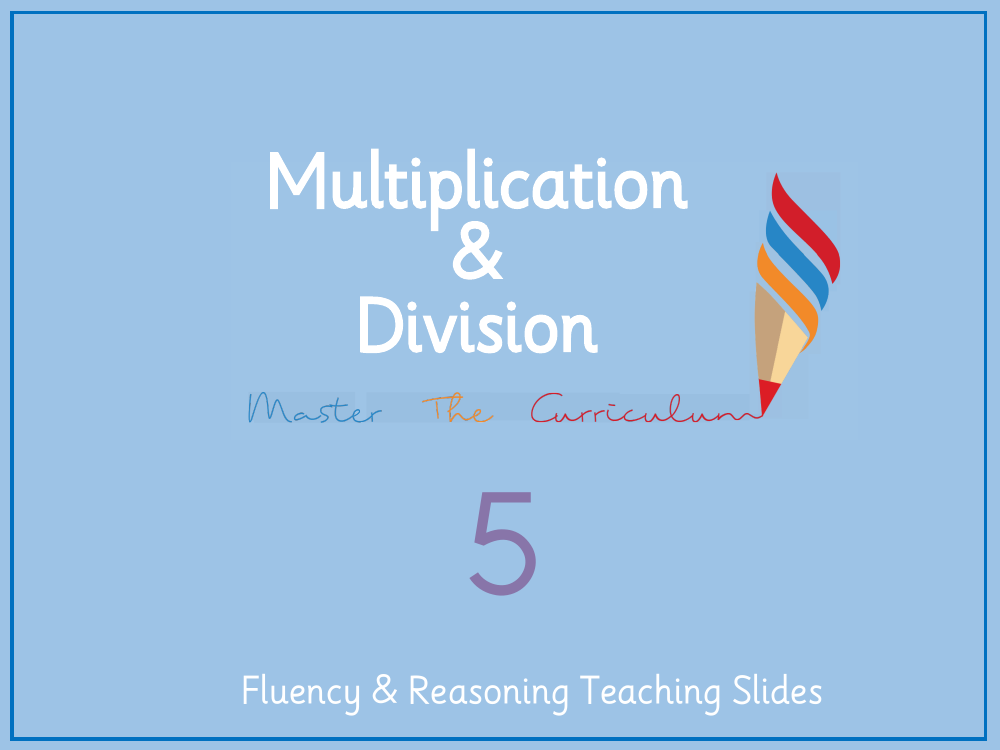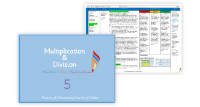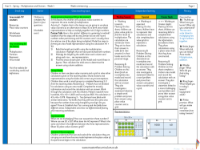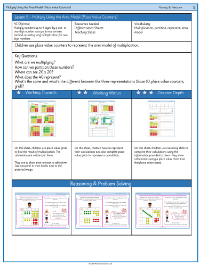Multiplication and Division (2) - Area model (PV counters) - Presentation

Maths Resource Description
The Area Model is an engaging mathematical technique introduced to help students understand the concept of multiplying two-digit numbers. In this lesson, pupils are encouraged to think about why it's called the 'Area Model' and discuss its application. The method involves visualising multiplication as the calculation of an area, where the length and width of a rectangle represent the digits of the numbers being multiplied. For instance, Tia demonstrates the process using base 10 blocks to multiply 23 by 22, breaking it down into simpler components: 400, 60, 40, and 6, before summing these to find the total area, which gives the product of the multiplication.
Further activities guide students to use place value counters and a grid to solve similar multiplication problems, such as 45 by 32, 53 by 22, and 34 by 41. Each step requires building the length and width using the multiplication calculation, multiplying these dimensions to find partial areas, and then combining them to find the total. The lesson also includes reasoning tasks where students must identify and correct mistakes in calculations, like Zach's oversight in not including all the necessary partial products in his multiplication. Independent work encourages the use of Base 10 blocks and place value counters to represent and solve calculations, reinforcing the concept that multiplication can be visualised and understood through the area model.




